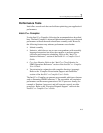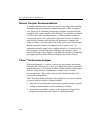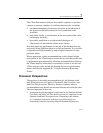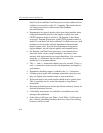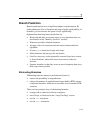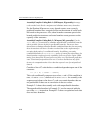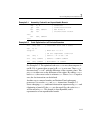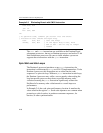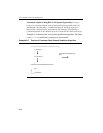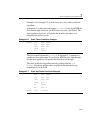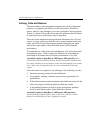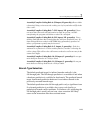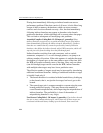
General Optimization Guidelines 2
2-17
See Example 2-2. The optimized code sets ebx to zero, then compares A
and B. If A is greater than or equal to B, ebx is set to one. Then ebx is
decreased and “
and-ed” with the difference of the constant values. This
sets
ebx to either zero or the difference of the values. By adding CONST2
back to
ebx, the correct value is written to ebx. When CONST2 is equal to
zero, the last instruction can be deleted.
Another way to remove branches on Pentium II and subsequent
processors is to use the
cmov and fcmov instructions. Example 2-3
shows changing a
test and branch instruction sequence using cmov and
eliminating a branch. If the
test sets the equal flag, the value in ebx
will be moved to
eax. This branch is data-dependent, and is
representative of an unpredictable branch.
Example 2-1 Assembly Code with an Unpredictable Branch
cmp A, B ; condition
jge L30 ; conditional branch
mov ebx, CONST1 ; ebx holds X
jmp L31 ; unconditional branch
L30:
mov ebx, CONST2
L31:
Example 2-2 Code Optimization to Eliminate Branches
xor ebx, ebx ; clear ebx (X in the C code)
cmp A, B
setge bl ; When ebx = 0 or 1
; OR the complement condition
sub ebx, 1 ; ebx=11...11 or 00...00
and ebx, CONST3 ; CONST3 = CONST1-CONST2
add ebx, CONST2 ; ebx=CONST1 or CONST2



